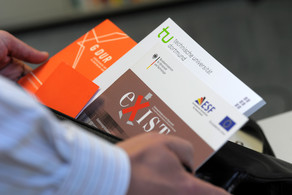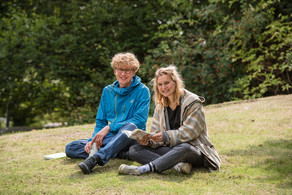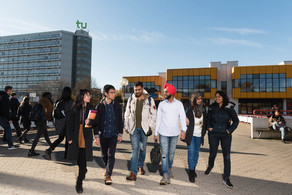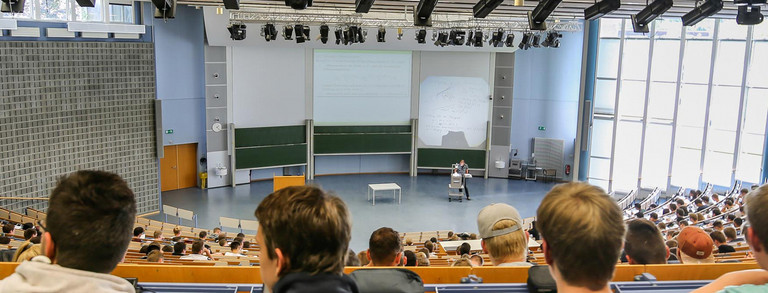Degree Programs from A to Z
The International Master of Advanced Methods in Particle Physics (IMAPP) is a joint program of the University of Bologna (Italy), the University of Clermont Auvergne (France) and the TU Dortmund University (Germany), supported by internationally renowned partner institutions. The program focuses on experimental and theoretical particle physics.
to the degree program Advanced Methods in Particle Physics (Master of Science (M.Sc.))
The collective aging of our society is one of the most important individual and overall societal design tasks of our time. The Master’s degree program Ageing Societies enables students to recognize the existing and future challenges associated with an aging society and to explore and shape them on their own responsibility.
to the degree program Ageing Societies (Master of Arts (M.A.))
In addition to acquiring basic knowledge in computer science, the Bachelor's degree course in Applied Computer Science offers the opportunity to apply what you have learned in an engineering subject.
to the degree program Applied Computer Science (Bachelor of Science (B.Sc.))
The Master's degree course in Applied Computer Science at TU Dortmund University offers an excellent opportunity to specialize further in this exciting field.
Students can set an individual study focus through numerous elective options.
to the degree program Applied Computer Sciences (Master of Science (M.Sc.))
The bilingual Bachelor’s degree program in Applied Linguistics centers on language analysis and the application of linguistics theories in various fields, e.g., sociolinguistics, computer linguistics and foreign language teaching. The program deals both with the theoretical aspects of language as well as its various functions and applications. The consideration of interculturality and bilingualism plays an important role in this context.
to the degree program Applied Linguistics (Bachelor of Arts (B.A.))
The M.A. in Applied Linguistics is a research-based, bilingual program which qualifies students for professional activities that require deeper knowledge in this field. It goes beyond the training undertaken within the Bachelor’s degree program and teaches the ability for scientific work. This opens up further professional opportunities in higher education and scientific research. It is equally possible for students, having completed the Master’s degree program, to commence doctoral studies. Suitably qualified candidates who have already started their careers may also study for a Master’s degree.
to the degree program Applied Linguistics (Master of Arts (M.A.))
The research-oriented, bilingual Master’s degree program in Applied Literary and Cultural Studies qualifies students for fields of activity that require in-depth knowledge in the area of literary and cultural studies. In addition to the qualification of the Bachelor’s degree program, it provides the ability to work scientifically. This opens up further career opportunities in the university sector and at scientific research institutes.
to the degree program Applied Literary and Cultural Studies (Master of Arts (M.A.))


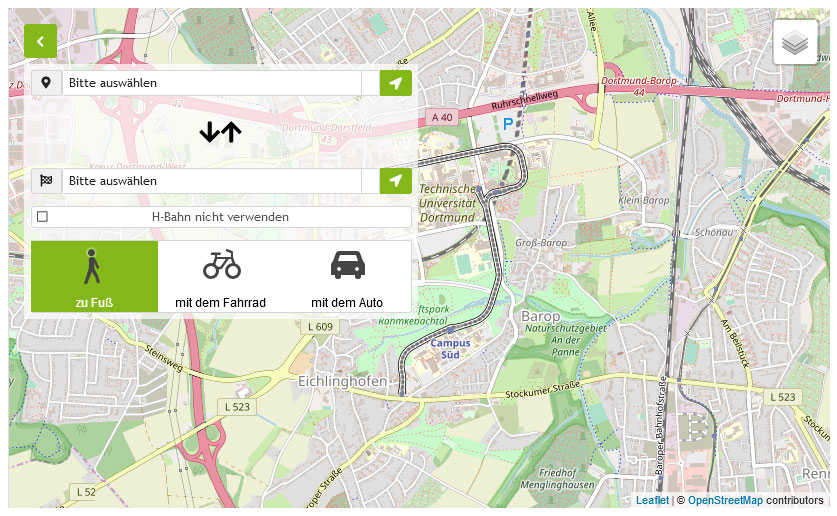
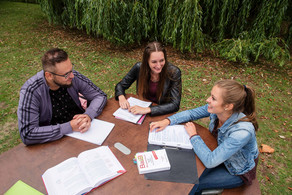
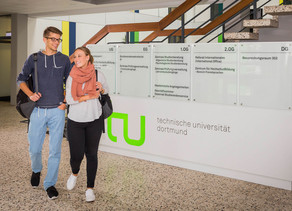
![[Translate to English:] Partner Four hands are holding the green logo of TU Dortmund University](/storages/tu_website/_processed_/1/d/csm_Partner_Nicole_Rechmann_KW_670eba0154.jpg)
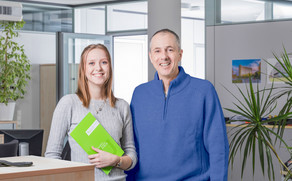
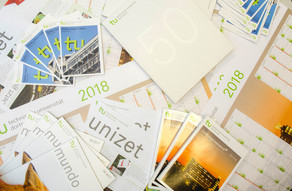
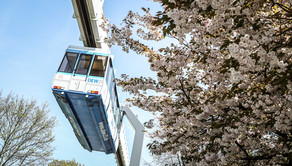
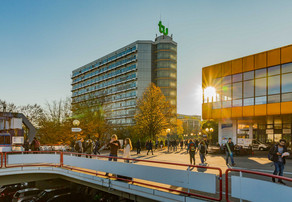
![[Translate to English:] Forschung An apparatus with tubes in a laboratory](/storages/tu_website/_processed_/0/c/csm_Forschung_Juergen_Huhn_4fa3153b51.jpg)
![[Translate to English:] Studium Five students are sitting in a lecture hall. They are talking to each other.](/storages/tu_website/_processed_/c/9/csm_Studium_FelixSchmale_dbdbfb0dd7.jpg)
